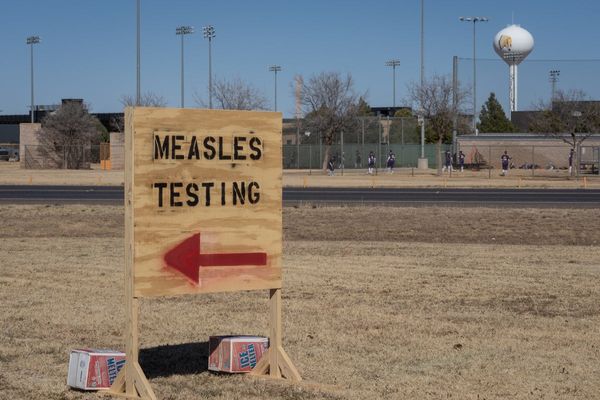Bird hits, cracked windshields, component failures, engine compressor surges and blade failures, flight deck indicator and system-related warnings, flight diversions, mid-air engine shutdowns, pressurisation problems, and a case of severe turbulence in the monsoon — these aviation-related occurrences in Indian skies in recent months, reaching a crest over the last 30 days, with most of them affecting one airline, have raised concerns about air passenger safety. In its ‘show cause notice’ issued recently to SpiceJet, the carrier in focus, the Directorate General of Civil Aviation (DGCA) has highlighted some of the reported events. In its tersely worded observations on the low-cost airline’s operations — a fleet of narrowbody jets and turboprops — the aviation regulator has pointed to a ‘degradation of safety margins’, and touched on 'poor internal oversight’ and ‘inadequate maintenance actions’. Further, the DGCA has added, a financial assessment (September 2021) could point to a shortage of spares and, therefore, the ‘invocation’ of flying with a minimum equipment list. In its initial response, the airline management has put forward a defence of being an IATA Operational Safety Audit (IOSA) air carrier. And, second, given the scale of flight operations in India — according to Ministry of Civil Aviation data, there were 5,268 aircraft movements in the domestic sector, on July 10 — such incidents are not an aberration. It has even cited an average of 30 such episodes a day, which some official sources have backed, though feebly.
The metric is problematic — even aviation experts concur on this. There is no comparison with a global standard, or even a category breakup. Even worse, and dangerous, is not having the acknowledged root causes addressed. In the DGCA’s Annual Safety Review 2020, edition V, for example, under ‘Deficient maintenance’ (the objective is to improve the maintenance of Indian registered aircraft), for a target of 2.16 for incidents involving component/system failure per 10,000 flight hours, the achieved performance is 2.39. Similarly, under the number of maintenance errors per 10,000 flight hours, for a target of 1.43, the performance is 1.46. Repeated snags are a red flag, pointing to faults in the safety oversight system. In an ideal ecosystem, issues with safety would be analysed in terms of the rate of occurrence using tiered categorisation, with the goal of reduction to the minimum level. Troublesome too is how an airline continues its operations despite a ‘show-cause notice’ and during the monsoon. With passenger numbers climbing back to pre-COVID-19 levels, the entry of new airlines, the existing players indicating aggressive fleet expansion plans, and an international safety audit that is happening once too often for India, the regulator needs to be nimble and more vigilant. The industry watchword — safety — cannot be glossed over.







